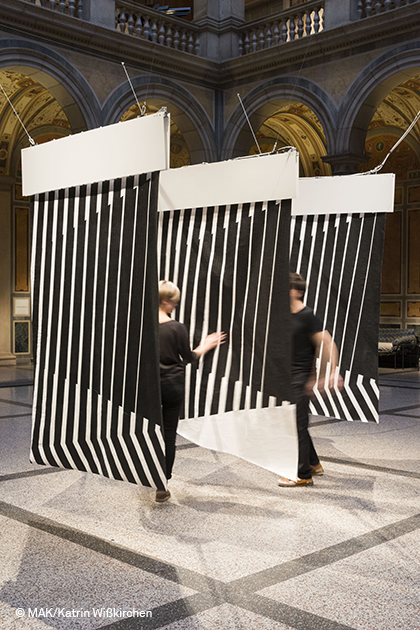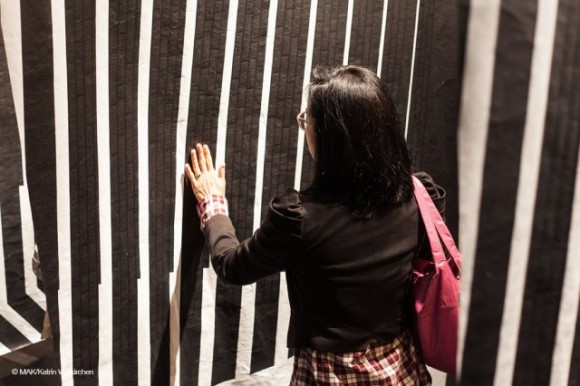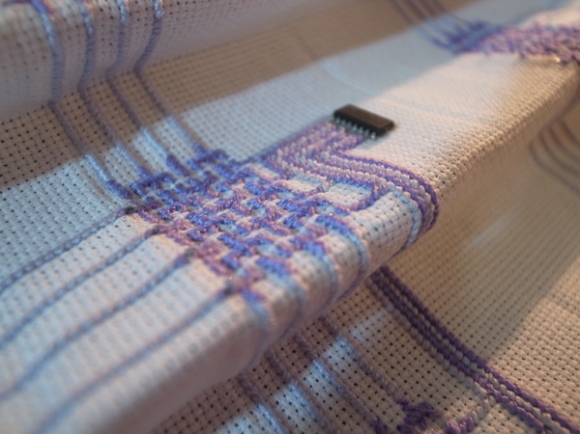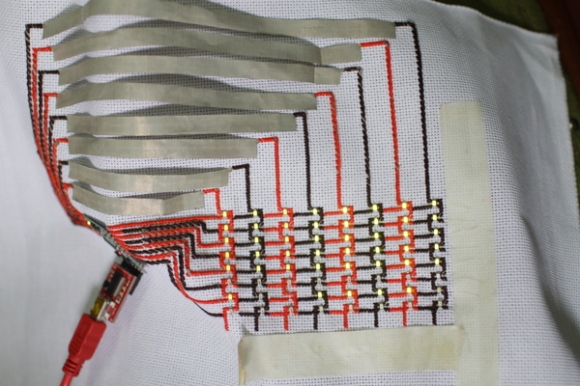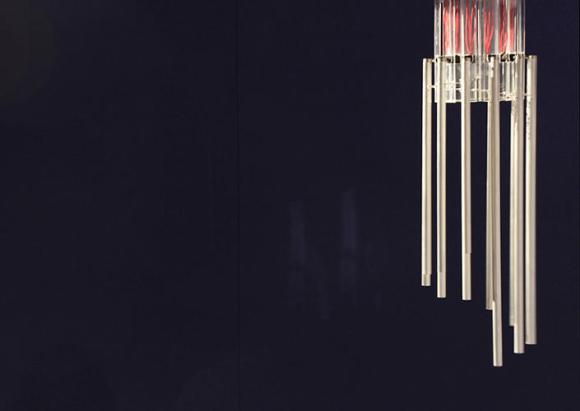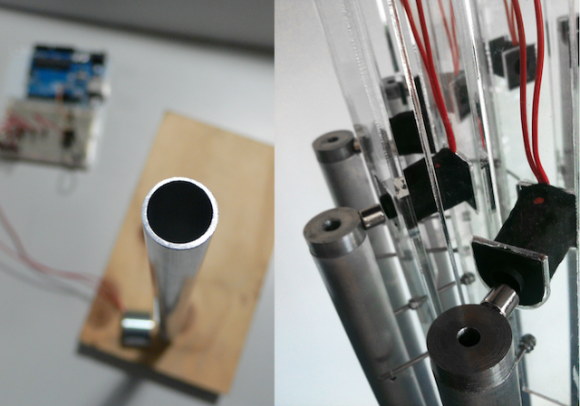Material Tales
…Pure material inspiration…
Category Archives: electronics
Contours : Fabio Antinori and Alicja Pytlewska
http://fabiolattanziantinori.com/
Comissioned by Museum of Applied Arts and Contemporary Art in Vienna
Printed Loudspeakers
(reblog from BLAINE BROWNELL “Minds and Matter” Blog )
 “In the early 20th century, Belgian artist René Magritte created The Treachery of Images, a painting that depicts a pipe with the provocative statement “Ceci n’est pas une pipe (this is not a pipe)” written below it. Magritte’s explanation for the seemingly contrary declaration is that what you see is a representation of a pipe; not the actual object itself.
“In the early 20th century, Belgian artist René Magritte created The Treachery of Images, a painting that depicts a pipe with the provocative statement “Ceci n’est pas une pipe (this is not a pipe)” written below it. Magritte’s explanation for the seemingly contrary declaration is that what you see is a representation of a pipe; not the actual object itself.
Thanks to the work of the Institute for Print and Media Technology of Chemnitz University of Technology (pmTUC), an object and its representation have become one and the same. Researchers at pmTUC have recently created printed speakers—loudspeakers that are printed on standard paper. According to senior researcher Georg Schmidt, “Frequency response and hence sound quality are very good and the paper is surprisingly loud. Just the bass of the paper-based loudspeaker is a bit weak.”
Once printed, the paper is connected to an amplifier to intensify the audio signal—similar to a conventional speaker. The method, which is inexpensive to mass produce, suggests many interesting applications. In addition to print product integration, “sound wallpapers and purely technical applications, e.g., distance sensors, are possible, because the papers are also active in the ultrasound range,” says pmTUC head Arved Hübler. “As printing allows for different formats and forms, there is the possibility to influence the generated sound waves.”
Perhaps at the next Magritte exhibition we may hear the artist’s work described by a print of a loudspeaker that speaks.“
Structural colour
(reblog from BLAINE BROWNELL “Minds and Matter” Blog )
“Structural color is a natural phenomenon in which color is produced by the optical interference of light rather than by traditional pigments. Familiar examples of the effect include a peacock’s brilliant plumage or the eye-catching wings of the morpho butterfly. Materials scientists and manufacturers have been fascinated with this phenomenon, which has the potential to eliminate the need for traditional paints or sealants in manufactured products. Various attempts have been made to recreate these optical effects synthetically—but not without difficulty, given the complex nature of microscopic light interference structures.
Earlier this month, scientists at the Department of Physics and the Graduate School of Nanoscience and Technology at theKorea Advanced Institute of Science and Technology published an article in Nature describing their development of a display to emulate the structural color effect in morpho butterfly wings. The technology is made of glass beads that are organized to mimic a naturally occuring structure that is composed of both organized and disorganized layers at nanometer scale. The researchers sealed the layers of glass—which exhibit greater brightness but less color change than the butterfly wings—in thin plastic film for protection. Potential commercial applications include low-power reflective displays as well as security coatings for objects such as currency or mobile phones.”
